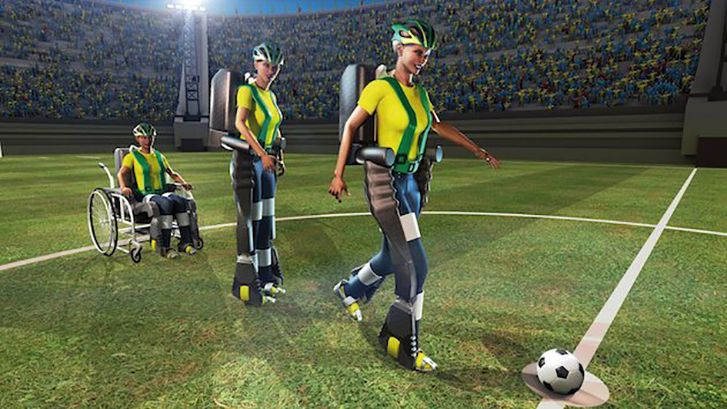The first match of the Brazilian World Cup will be ground breaking. Brazil will be taking on Croatia in Sao Paulo on Thursday 12 June, but neither team will be the first to kick the ball. That honour will go to a teenager who is not only unable to walk, but paralysed.
A project headed by the Duke University Center for Neuroengineering and featuring the work of a number of other universities and research groups worldwide is designing an exoskeleton to help the teen stand, walk and then kick the ball. And it will use a neurological interface inside a 3D printed helmet which will guide the robotic limbs through the wearer's thoughts.
This will be the first outing for the technology devised by the Walk Again Project, but it could be further developed to help other similarly disabled people around the globe.
It started using research garnered by using hair-thin and flexible sensors implanted into the brains of rats and monkeys. The microwires can detect minute electrical signals generated by hundreds of individual neurons distributed through the regions of the brain that are responsible for the generation of voluntary movements. And that has helped devise the helmet design that will control the legs of the suit, which is non-invasive.
The teenager will be trained in the use of the exoskeleton prior to kick-off.

